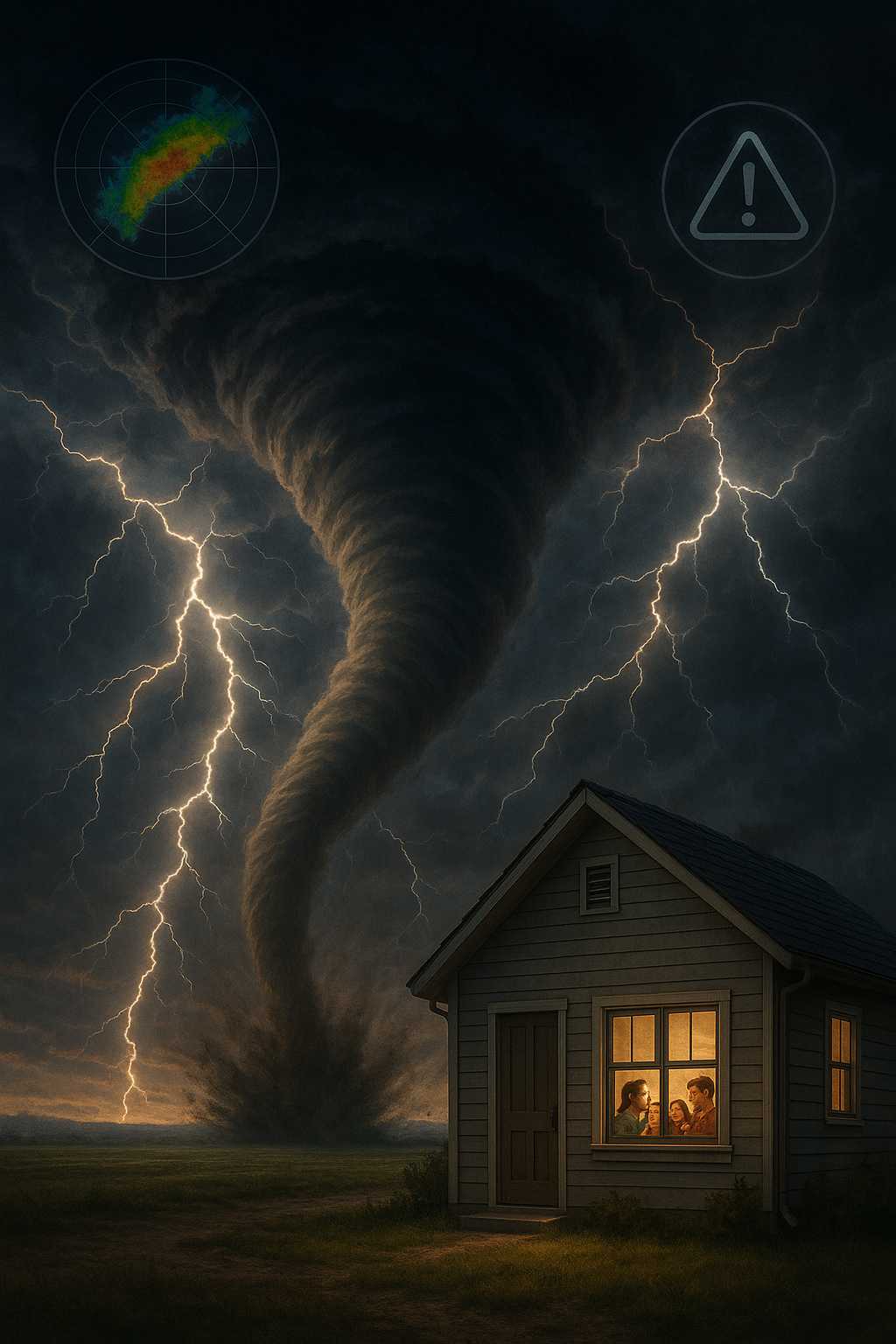Hello, I’m Dusty, and as a meteorologist, I’m fascinated by extreme weather events—especially tornadoes. These powerful storms capture our imagination and often make headlines due to their unpredictable nature and potential for destruction. In this article, we’ll explore how tornadoes form, the impacts they have on communities, and crucial safety tips to help keep you and your loved ones safe.
How Do Tornadoes Form?
Tornadoes are violently rotating columns of air that extend from a thunderstorm to the ground. Most tornadoes develop from severe thunderstorms known as supercells. These storms have a rotating updraft, called a mesocyclone, which can tilt and stretch vertically to form a funnel cloud. If the funnel cloud touches the ground, it becomes a tornado.
Conditions for tornado formation generally include warm, moist air at the surface, cool dry air aloft, and wind shear (changes in wind speed or direction with height). The area of the U.S. known as “Tornado Alley”—including parts of Texas, Oklahoma, Kansas, and Nebraska—frequently experiences such ingredients during spring and early summer.
Human Impact of Tornadoes
Tornadoes can cause catastrophic damage in just seconds, flattening homes, uprooting trees, and tossing vehicles. Beyond the physical destruction, the emotional and economic toll on survivors can be immense. Communities often show incredible resilience and unity in the aftermath, but recovery can take months or even years.
Recent notable tornado events, like the 2011 Joplin, Missouri tornado, have highlighted not only the destructive power of these storms but also the critical importance of preparedness and early warning systems. Advances in radar technology and emergency communication have saved countless lives by giving people precious minutes to seek shelter.
Tornado Safety Tips
While tornadoes are unpredictable, you can take steps to protect yourself:
- Know the signs: A dark, rotating cloud base, hail or heavy rain followed by sudden calm, and a loud roaring sound can be warning signs.
- Have a plan: Identify the safest place in your home—typically a basement or interior room on the lowest floor—and make sure all family members know the plan.
- Monitor alerts: Pay attention to local weather reports, NOAA Weather Radio, or emergency apps to receive timely warnings.
- Avoid windows: Flying debris is a major hazard. Stay away from windows and cover your head.
- Mobile homes: If you live in a mobile home, seek sturdier shelter at the first sign of severe weather.
Tornadoes are awe-inspiring and fearsome reminders of nature’s power. By understanding what causes them and following proven safety practices, we can reduce their impact on our lives. Stay safe and stay prepared!


Leave a Reply